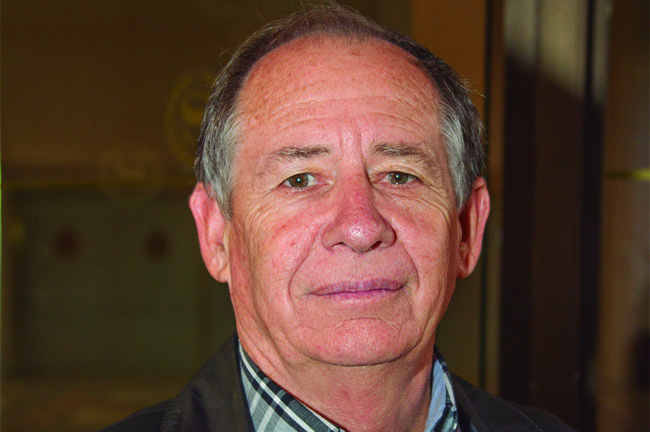By mid-year, the company will open an underground portal at Kamila formation in order to raise gold production in Casposo by 20%. Troy extracted 95,600 oz of gold equivalent in 2012.
Casposo is the last metalliferous project which started its production in San Juan. Located on the outskirts of the town of Calingasta, the mine opening was completed in 2010. Two years later, in 2012, the year ended with an extraction of 95,600 ounces (oz) of gold equivalent, according to Eduardo Machuca, Institutional Relations Manager at Troy Resources, operator of the venture.
Yet the Canadian mining company plans to increase its production in 2013 after opening the underground phase. For such purpose, around US$ 30 million is being disbursed; the equivalent to almost 65% of the initial investment of around US$ 50 million. “At the moment, we are carrying out the quarry production and preparing the entry to the first underground portal, and then we will build the access ramp, which consists in opening a spiral tunnel which connects with galleries and exploitation sublevels,” said Machuca to El Inversor Energético & Minero.
Troy Resources expects to produce between 110,000 and 120,000 oz of gold equivalent in 2013. “We are very close to reaching the first production front, for the purpose of beginning underground mineral extraction within three months,” said the manager, a professional engineer.
When Casposo –the smallest of the three metalliferous ventures in San Juan behind Veladero and Gualcamayo– started its operations in mid-2010, the mine was projected to supply between 78,000 and 80,000 oz of gold per year. “As a result of continuous exploration, we have improved the project performance. Today, its useful life is 7 years and we continue to seek new reserves to increase that horizon,” he said.
What features will Casposo underground exploitation have?, we asked the executive.
The underground part was planned from the outset, when the mine activity started. With the current production of the site, we presently feed a plant with a processing capacity of 1,400 tons per day (t/d) of mineral resources. Initially, we thought that if the reservoir enhanced its underground production, the extraction would fall to 600 t/d of the mineral, but the development of exploration allowed that number to rise to 1,200 t/d. Production from the open pit will start to fall with greater intensity within one year.
What underground formations will be utilized?
We will start by the Kamila formation, which is the largest body of the complex and consists of three main veins: the B vein that runs southwest, the Inca vein which continues to the southeast, and the Astec vein. There is another body to the northwest, called Mercado, which has not yet progressed. Further up, there is a new body called Julieta, which is being explored. There are other discoveries that we are developing, such as Cerro Norte and Lucia vein. There, we aim to deepen drill holes in order to increase Casposo’s reserves.
